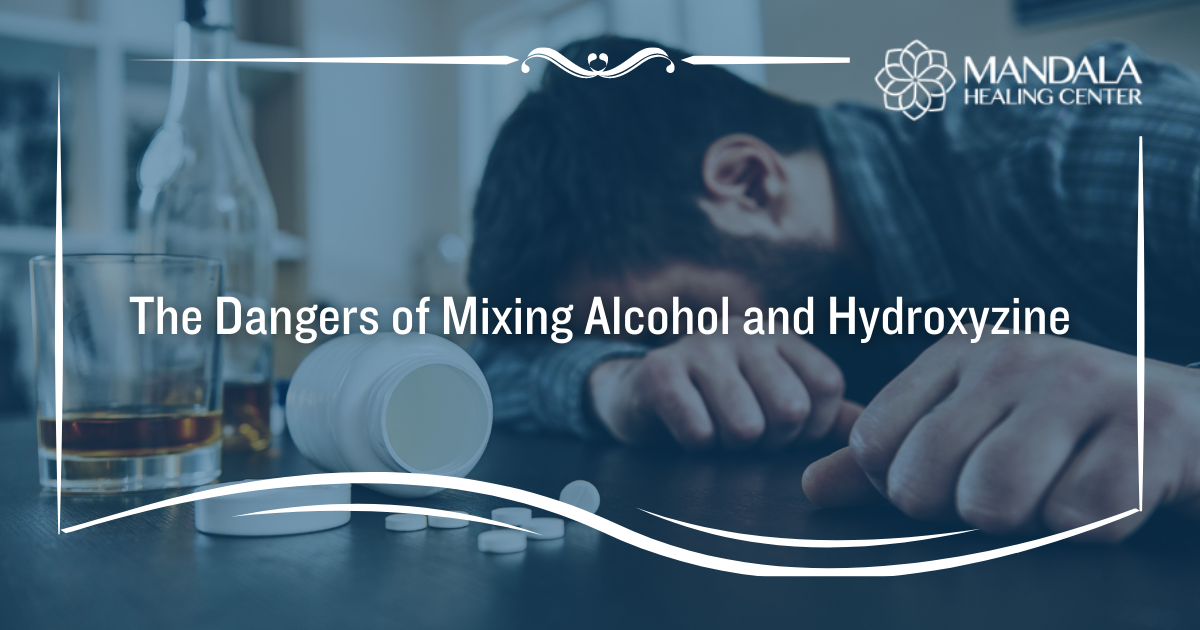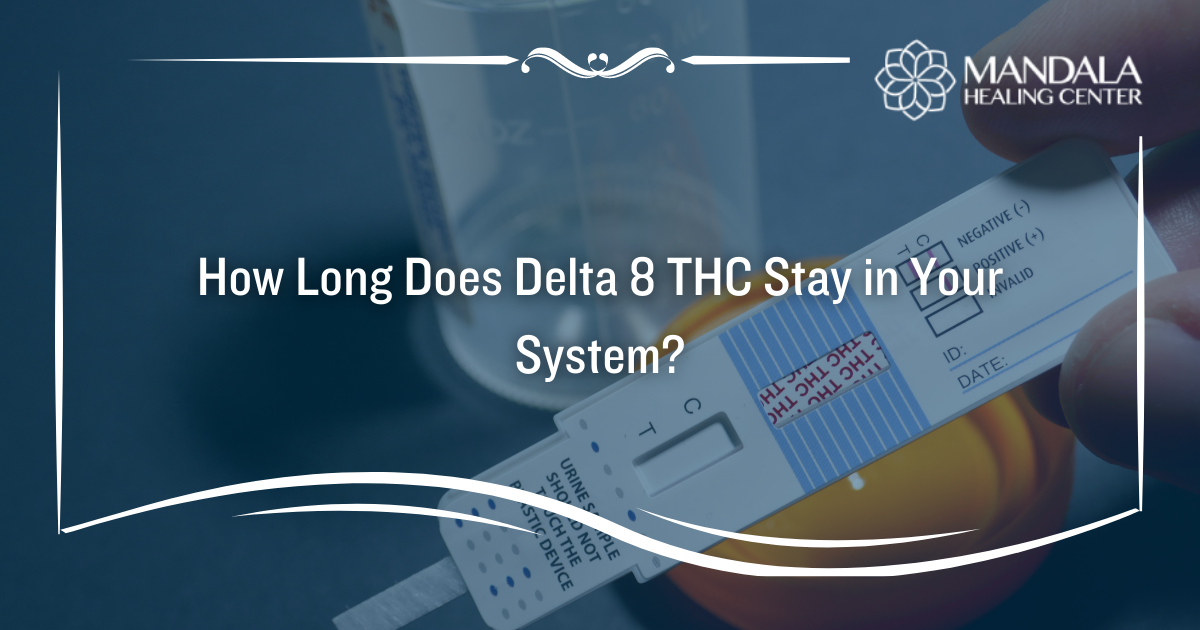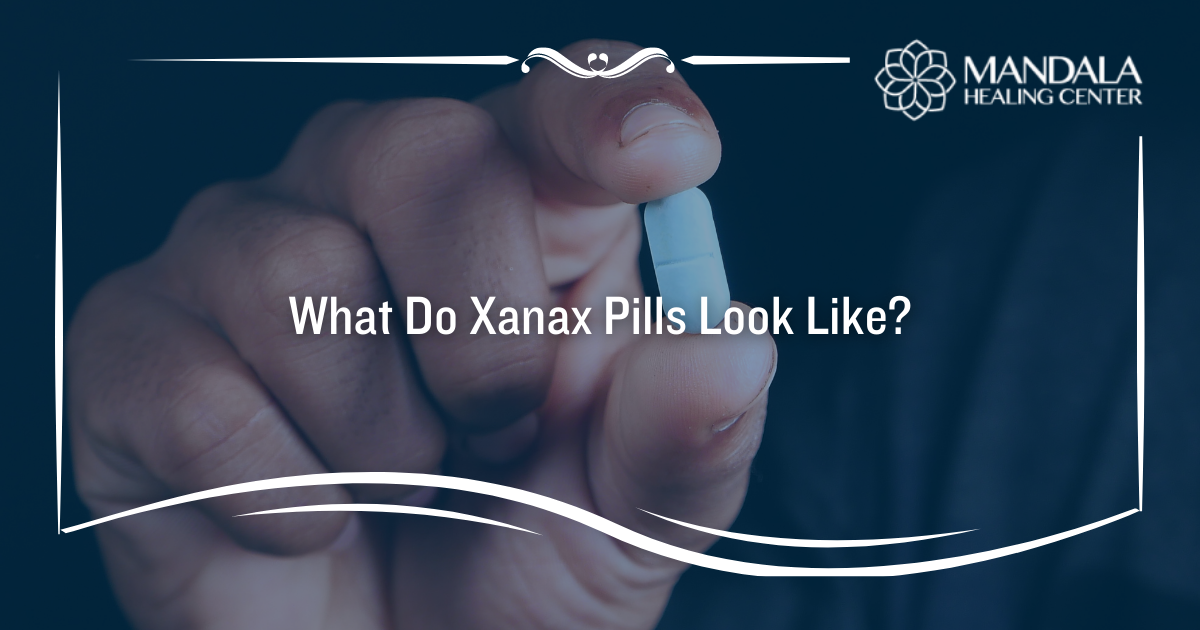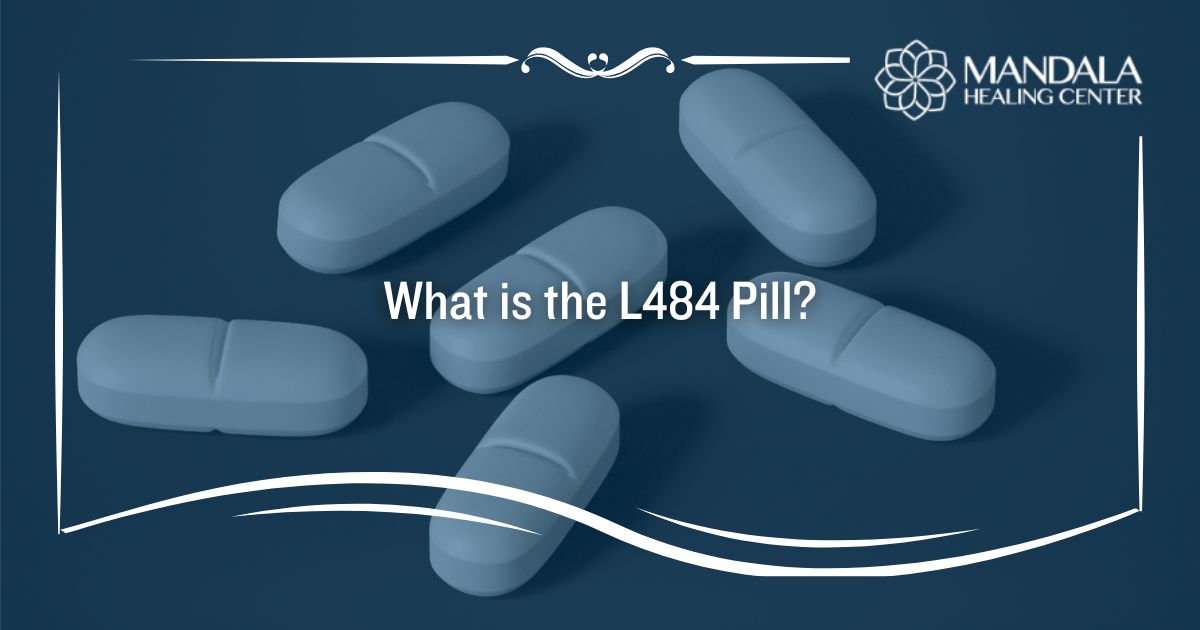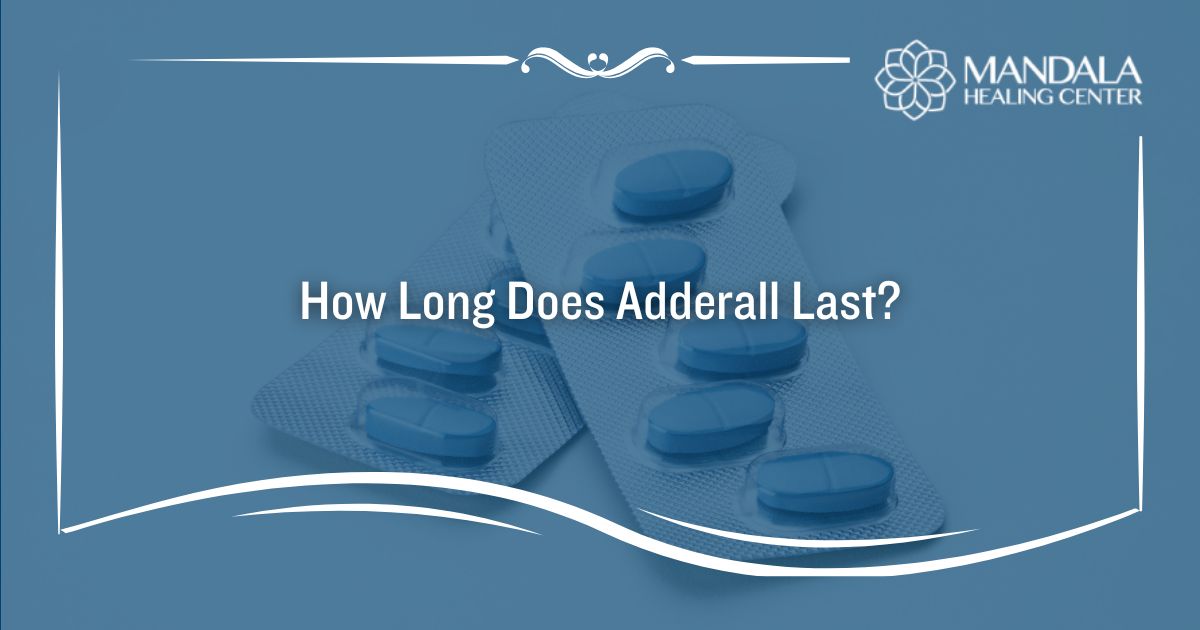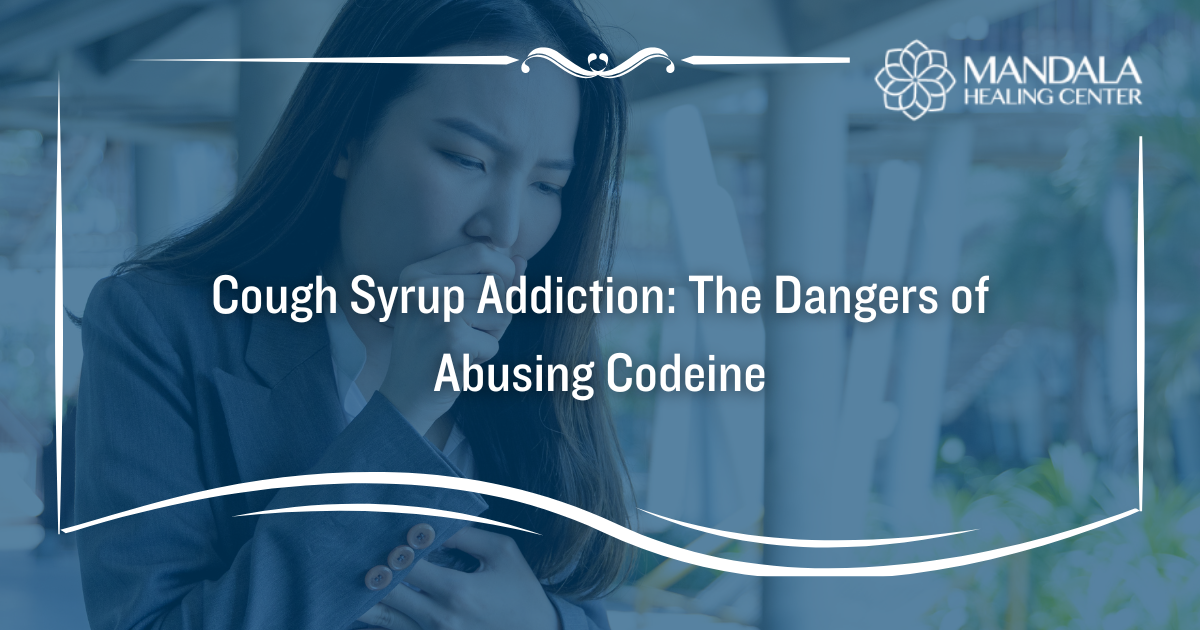
Fentanyl is a powerful synthetic opioid drug that is approved by the U.S. Food and Drug Administration (FDA) for pain relief and anesthetic purposes. Fentanyl is so potent that it is 50 times stronger than heroin and 100 times stronger than morphine.[1]
Although fentanyl has medical uses, it can be dangerous when abused. Medicinal fentanyl is difficult to come by on the streets because it is highly regulated but illicitly manufactured (powdered) fentanyl is everywhere–in counterfeit pills, heroin, club drugs, and more.
Fentanyl is currently responsible for more drug overdose deaths in the U.S. than other types of drugs. In 2021, more than 70,000 people died as a result of an opioid overdose involving synthetic opioids like fentanyl.[2] Some of these overdoses occur as a result of intentional fentanyl abuse while others occur as a result of accidental fentanyl ingestion after a person thinks they are taking a different type of drug.
Fentanyl can be used in a variety of ways. It can be pressed into a pill that is swallowed, come in the form of a powder that is snorted, or it can be dissolved into water and injected into the bloodstream. All methods of fentanyl administration are dangerous and can result in overdose, but injecting fentanyl tends to be the most dangerous way to use it.
Why Do People Inject Fentanyl?
Less than a decade ago, illicit fentanyl started making headlines as some drugs started to be tainted with it. People feared fentanyl, and even opioid users tried to avoid fentanyl because they knew how deadly it was. However, times have changed, and fentanyl went from a once-feared substance of abuse to the drug of choice for many opioid users.[3]
So why do people transition to fentanyl–and why do they start injecting it?
After regular opioid abuse, no matter the opioid, the person using it can become tolerant or less sensitive to the effects. In order to overcome tolerance, people will increase the dose of the opioid they are taking or transition to a more powerful opioid. This phenomenon is often observed in people struggling with heroin addiction, as up to 80% of people who are addicted to heroin were first addicted to prescription opioids. But when the prescription opioids no longer produced the desired effects, users transitioned to heroin.
Now, former prescription opioid and heroin users are transitioning to fentanyl because it is more potent and produces the effects they desire. Fentanyl is also cheaper than other opioids and more widely available, so it is easy to get and produces a fast, powerful high.
People start injecting fentanyl (and other drugs) for the same reasons they move onto more powerful drugs–shooting up delivers the substance directly to your bloodstream. It doesn’t have to pass the blood-brain barrier like it does when you smoke or snort it, so the effects appear faster and there is a stronger initial rush.
Accidentally Injecting Fentanyl
Unfortunately, people don’t always know that they are injecting fentanyl. They may think they are injecting heroin, meth, crack cocaine, or another drug, only to find out once it is too late that the drug contains fentanyl. Accidental fentanyl use comes with an extremely high risk of overdose.
Side Effects of Shooting Up Fentanyl
Like other opioid analgesics like morphine, codeine, and heroin, fentanyl is a central nervous system (CNS) depressant that slows down breathing, respiration, and heart rate. The side effects of fentanyl become more pronounced when it is injected.
Common side effects of shooting up fentanyl include:[1]
- Relaxation
- Euphoria
- Pain relief
- Sedation
- Nausea
- Confusion
- Drowsiness
- Dizziness
- Vomiting
- Urinary retention
- Constricted pupils
- Slowed breathing
- Heaviness in the arms and legs
- Flushing of the skin and face
- Itching
Dangers of Injecting Fentanyl
Intravenous (IV) fentanyl use is extremely dangerous and comes with a number of health risks, including:
Overdose
The most imminent danger of injecting fentanyl is overdose. When it comes to illicit fentanyl, there is no way to know how potent the drugs are or how much you are taking. And when you inject it, 100% of the substance enters your bloodstream at once. Using too much fentanyl this quickly can result in a life-threatening overdose.[1]
Symptoms of a fentanyl overdose include:
- Small, pinpoint pupils
- Cold and clammy skin
- Blu-ish colored fingernails and lips
- Slow, shallow breathing
- Gurgling noises or the “death rattle”
- Respiratory depression
- Loss of consciousness
- Unresponsiveness
- Coma
- Death
If you believe someone has overdosed on fentanyl, call 911 immediately and administer naloxone (if available).
Injury and Infection
IV fentanyl use requires using a syringe to inject the drug into a vein. This takes a certain level of skill. Practicing poor injection techniques, using dirty syringes, sharing needles, and repeated injections can be harmful to the body, increasing the risk of injury and infection.
People who inject fentanyl are at an increased risk of:[4]
- Bruising and track marks
- Injection site inflammation
- Skin infections
- Collapsed veins
- Poor blood slow
- Swelling in the lower extremities
- Bacteria in the bloodstream
- Cardiovascular infection
- Bloodborne illnesses like HIV/AIDS, Hepatitis C, tuberculosis, and more
Dependence and Addiction
Injecting fentanyl more than once can lead to physical dependence and addiction. Physical dependence occurs as the body gets used to having fentanyl in the system, and if it is removed, withdrawal symptoms appear.
To avoid symptoms of fentanyl withdrawal, people may continue using fentanyl even if they want to stop. Repeated, habitual fentanyl use will lead to an addiction.
Find Help for Fentanyl Abuse and Addiction Today
Injecting fentanyl can lead to life-altering and fatal consequences, but quitting on your own isn’t easy. At Mandala Healing Center, we use a holistic approach to help you address the root cause of your fentanyl addiction, restore your health, and embrace a life of sobriety. We offer a variety of detox and treatment programs that can be tailored to your unique needs, giving you the best possible chance at long-term sobriety.
If you or a loved one are addicted to fentanyl or IV drug use, please contact us today to learn about your treatment options.
References:
- https://www.dea.gov/sites/default/files/2020-06/Fentanyl-2020_0.pdf
- https://nida.nih.gov/research-topics/trends-statistics/overdose-death-rates
- https://www.nbcnews.com/health/health-news/feared-illicit-fentanyl-now-drug-choice-many-opioids-users-rcna40418
- https://www.ncbi.nlm.nih.gov/pmc/articles/PMC4871283/




